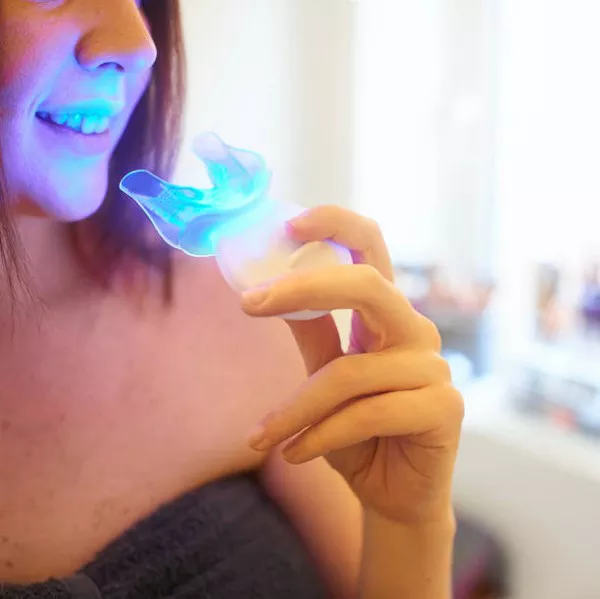Teeth whitening strips have gained popularity as a convenient at-home solution for achieving a brighter smile. However, concerns about their potential impact on tooth enamel have prompted discussions among dental professionals and users alike. This article explores scientific evidence regarding the effects of whitening strips on enamel, ingredients analysis, usage guidelines, risks and side effects, the importance of dental professional advice, alternative whitening methods, and post-whitening care to maintain enamel health.
Scientific Evidence
Scientific studies have examined the effects of teeth whitening products, including strips, on tooth enamel. Research primarily focuses on the active ingredients, such as hydrogen peroxide and carbamide peroxide, and their penetration into the enamel structure.
Ingredients Analysis
Teeth whitening strips typically contain:
Hydrogen Peroxide: A bleaching agent that penetrates enamel to break down stains.
Carbamide Peroxide: Converts to hydrogen peroxide and urea, releasing oxygen that whitens teeth.
These ingredients can potentially affect enamel integrity, depending on their concentration and exposure duration.
Usage Guidelines
To reduce the risk of enamel damage when using whitening strips:
Follow Instructions: Adhere strictly to manufacturer guidelines regarding application time and frequency.
Limit Use: Use whitening strips no more frequently than recommended to prevent excessive exposure to bleaching agents.
Risks and Side Effects
Improper use of teeth whitening strips can lead to:
Increased Sensitivity: Temporary tooth sensitivity to hot, cold, or pressure.
Gum Irritation: Chemical irritation of gum tissues, leading to discomfort or inflammation.
See Also: How To Put On White Strips
Dental Professional Advice
Before using whitening strips, especially for individuals with:
Pre-existing Conditions: Existing dental issues, such as cavities, gum disease, or tooth sensitivity.
Previous Dental Work: Restorations like fillings or crowns that may react differently to whitening agents.
Alternatives to Whitening Strips
Consider these alternative methods that may be gentler on enamel:
Whitening Toothpaste: Contains mild abrasives to remove surface stains without bleaching agents.
Professional Whitening: In-office treatments supervised by a dentist, using stronger bleaching agents for faster results.
Whitening Mouthwash: Rinses formulated to whiten teeth without prolonged contact with enamel.
Post-Whitening Care
After using whitening strips, maintain enamel health with:
Sensitivity Toothpaste: Products formulated to reduce tooth sensitivity post-whitening.
Regular Dental Visits: Schedule check-ups to monitor oral health and address any concerns promptly.
Conclusion
Understanding the potential impact of teeth whitening strips on enamel is crucial for making informed decisions about oral care. While these products can effectively brighten smiles, proper usage and consideration of alternative methods are essential to minimize risks to enamel health. Consulting with a dental professional before starting any whitening regimen is advisable, particularly for individuals with specific dental conditions or concerns. By following recommended guidelines and practicing post-whitening care, individuals can achieve a brighter smile while maintaining optimal oral health and enamel integrity.
You Might Be Interested In































